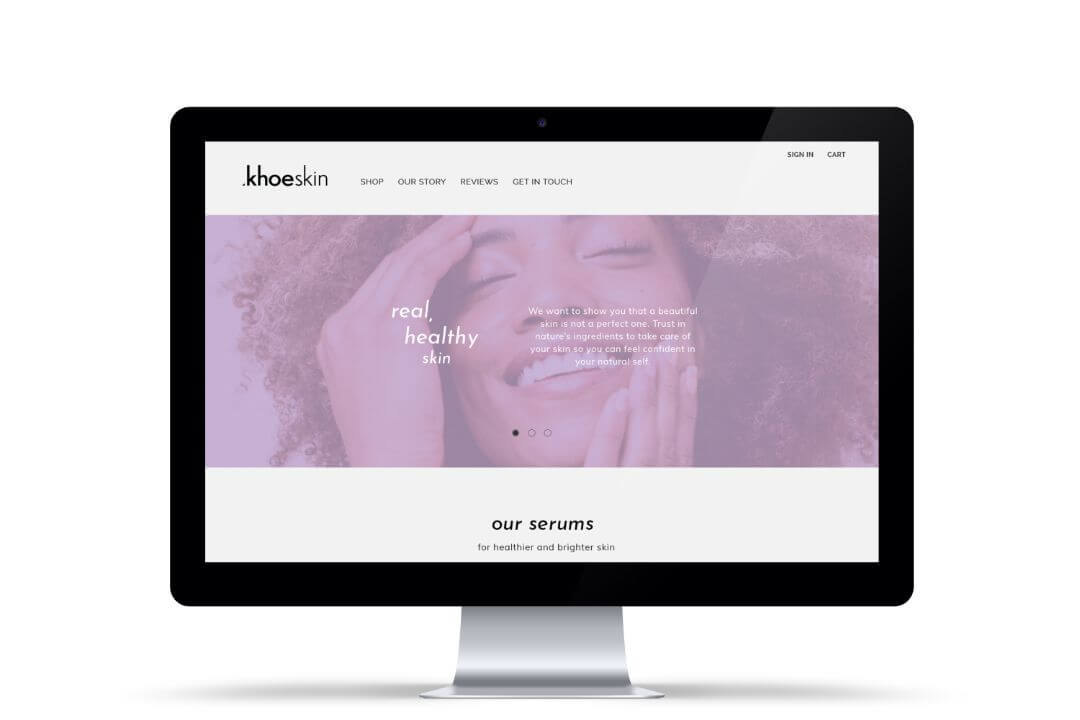The Startup Guide on Branding Strategies
When you think about it, the most successful companies have established themselves as brands that integrate into pop culture. Their logos are instantly recognizable, and the sight of them subconsciously triggers an associated emotion.
An estimated 94% of the world’s population recognizes the red and white Coca Cola branding. As the soft drink company makes over $35.1 billion dollars annually, it’s easy to see how branding pays off.
It’s this instant recognizability and enormous revenue that highlights why a startup needs a solid branding strategy from day one.
In fact, a branding strategy is a complete make or break.

Branding is the building block upon which a company establishes itself as a unique and worthy competitor, while communicating the values and story that make it worth investing in. It is particularly important for a business that is in its earliest phases—a startup.
Thankfully, there’s an abundance of research and recommendations surrounding the most effective branding strategies for startups, so you are not left completely in the dark.
Here’s how you can build a brand strategy that creates a blueprint for success:
Start Planning Early
When your startup is still in its earliest phases—its pre-teething period—it’s easy to neglect everything other than the day-to-day essentials. The multitude of tasks and challenges you’re obliged to handle on a daily basis is often all-consuming, leaving you little time for anything else. At this stage, branding is likely quite far down on your list of priorities.
From the outset, you must establish that branding is a priority.
Not only does it set you apart from your competitors and increase your reach as soon as possible, but it also provides valuable insight into the market.
Considering a branding strategy as part and parcel of laying the foundation for your startup allows for a powerful meditation on what you ultimately want to achieve with your startup. It encourages you to cement the values of your business.
Identify Your Target Audience
Having a clear outline of your target audience allows you to appropriately allocate resources, concentrate efforts, and develop your overall aesthetic and message. When you know who you are speaking to, you can tailor your voice and look accordingly, thus making your marketing more effective.
Essentially, the values of your business need to resonate with the values of your desired customers— or vice versa.
Try to paint as accurate a picture of your target audience as possible through surveys, thorough research, and an investigation of the target market of your competitors. The more in-depth your understanding of your target audience, the more effective your branding strategy and startup will be.
Create a Unique Identity
Ensuring that your startup has something unique to offer, and then communicating that clearly is of paramount importance. More importantly, you have to research whether your service or product already exists within the space that you are hoping to operate. If you find a business that has already embodied your idea, then you may want to refocus your efforts entirely.
You should, however, note that your unique brand identity does not necessarily have to lie in your product. It may be your customer service, delivery, pricing, or a striking and contextually powerful ethos. All of these elements help to establish a unique voice that stands out.

Curate Your Image
The general aesthetic of your startup will determine the first impression a customer has when they initially engage with your brand. Your target audience must determine your image—if your brand is young and funky, its image must portray this in every way—from its logo to the font you use in marketing material.
It’s important to accept that your image is not set in stone. It will naturally evolve as your business grows and morphs in response to a dynamic market and ever-changing trends.
Establish Your Voice
For the sake of consistency and a connected narrative, you should develop the voice of your startup. The voice of your startup refers to its speaking style. This may take the form of a very formal tone, or you may opt for a more slang-infused colloquial style.
Once again, it depends on your target audience as you need to ‘speak their language’. Your voice is expressed in the content you produce and the specific adjectives and references contained. The tone this is delivered is part of your voice too.
Monitor Your Competitors
Analyzing the marketing strategies of your competitors is the cornerstone of any successful branding for a startup.
Unpack the messages that your competitors promote and analyze the response of their audience. Ensure that you have a satisfying understanding of the ways that these companies distribute this message. As well as the channel through which this is done.
If your competitors have been operating longer than you have, then they have certainly experienced success as well as failure. This means they have identified weaknesses. Plus, they’ve developed strategies to strengthen their startup to ensure its survival beyond its early days.
You can therefore avoid making the same mistakes. Take inspiration from branding techniques that have proven to be successful by withstanding the test of time.
Invest in Your Website and Marketing Channels
A website and social media platforms for your startup is an essential survival strategy. A business cannot thrive, let alone survive, in the 21st century if it does not have an active online presence. You want both your website and your social media pages to accurately reflect the vision and values of your startup.
You can build your own website using one of the many site builders or tools available online, or you can enlist the help of a professional. Whichever option you opt for, your site must be easy to navigate and your logo and brand name prominently displayed. Ensure your design aligns with the overall aesthetic or image of your business and bolster this with ongoing related blog content.
Your social media presence is just as important as your website. Especially if your target audience is composed of the younger generations that dominate online platforms like TikTok, Facebook, and Instagram. Maintain a consistent aesthetic, reinforce your message and values, and promote the product or service that you are offering.

With a solid branding strategy, you can take your startup from unknown to a brand that customers recognize, identify with, and trust. When you get this right, you’ll put yourself on the pathway to success.

